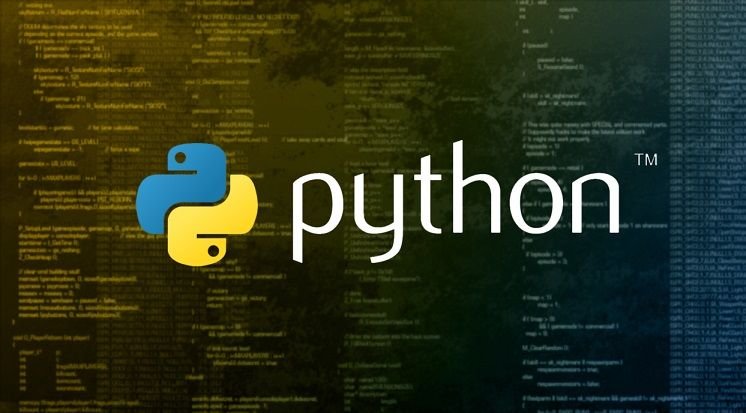
With Python, you can learn to make such things as a math trainer for practicing your times tables or a simple encryption (a secret code) program. And when you’ve honed your skills over time, there are other things you’ll be able to do, such as:
Using Tkinter (or other widget sets), you can write user applications that use graphics rather than just text to interact with the user.
You can extend other programs like Blender (a 3D modeling program), GIMP (a 2D photo-retouching program), and LibreOffice (office programs), among many others by writing custom scripts.
You can write games with graphics using Tkinter or the Pygame or Kivy libraries. The games in this book are text only.
You can use the matplotlib library to draw complex graphs for your math or science courses.
Using the openCV library, you can experiment with computer vision. People who are into robotics use it to help their robots see and grab things and to avoid obstacles when moving.
Who uses Python:
In space:
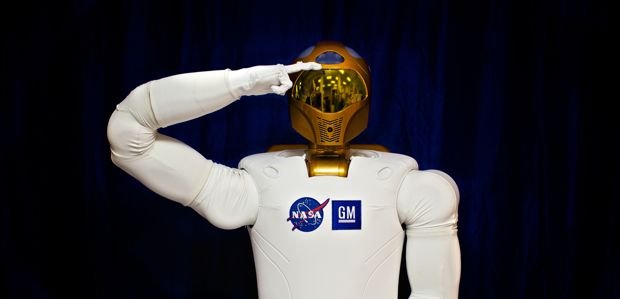
The International Space Station’s Robonaut 2 robot uses Python for its central command system. Python is planned for use in a European mission to Mars in 2020 to collect soil samples.
In particle physics laboratories:
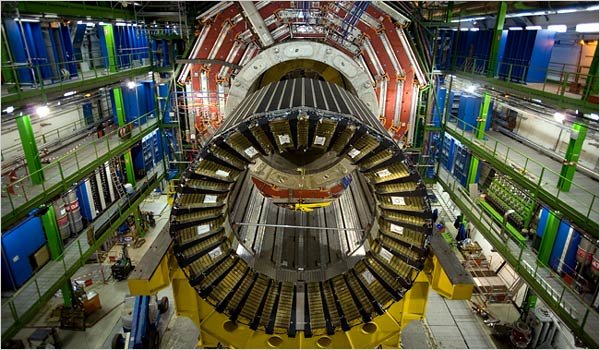
Python helps understand the data analysis from some atom smashing experiments at the CERN Large Hadron Collider.
In astronomy:
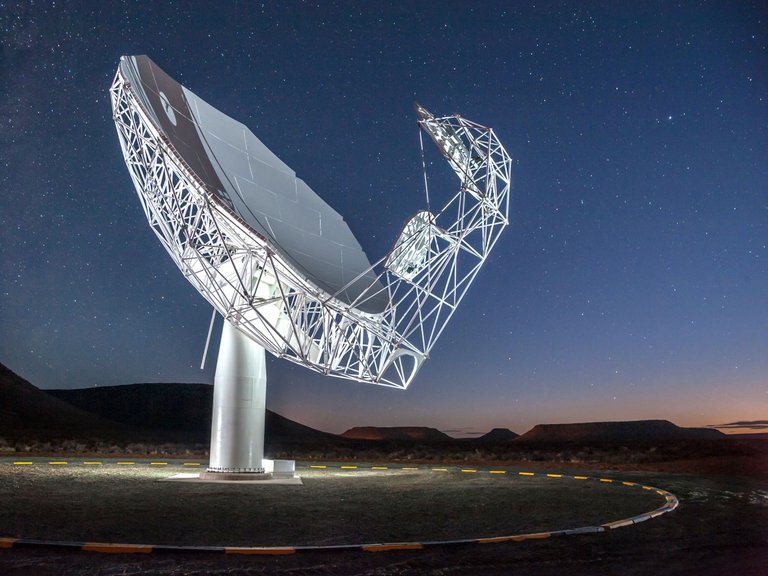
The MeerKat Radio telescope array (the largest radio telescope in the Southern Hemisphere) uses Python for its control and monitoring systems.
In movie studios:
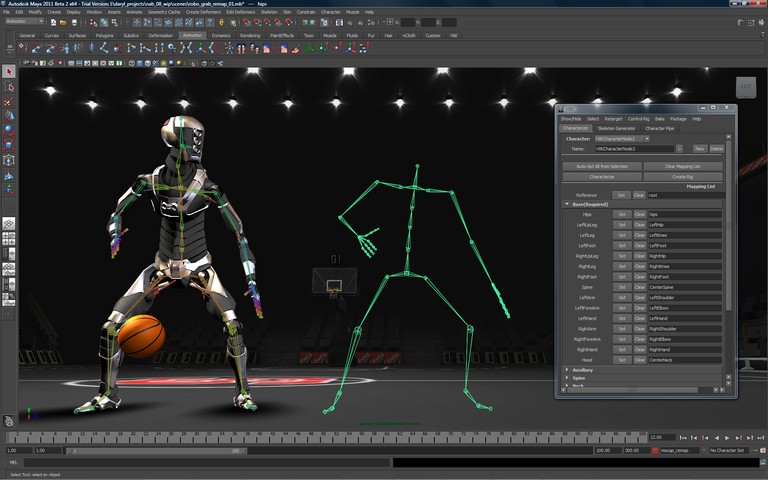
Industrial Light and Magic (Star Wars geniuses) uses Python to automate its movie production processes. Side Effects Software’s computer-generated imagery program Houdini uses Python for its programming interface and to script the engine.
In games:
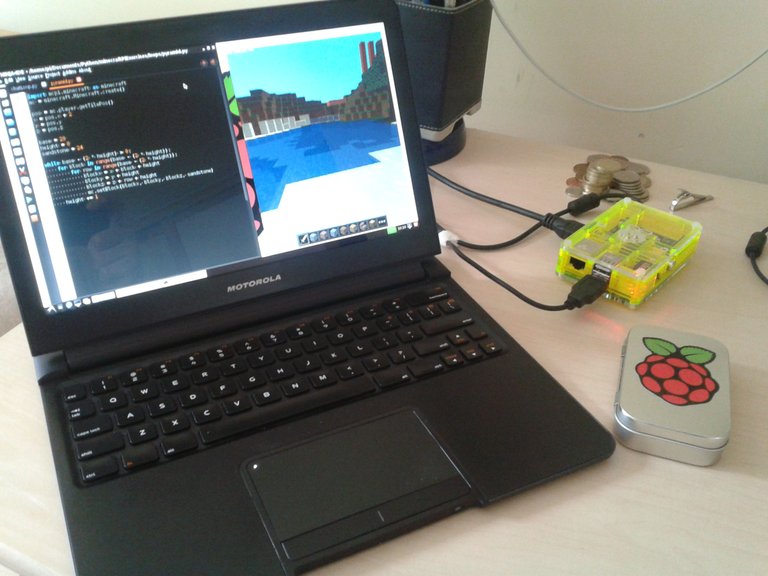
Activision uses Python for building games, testing, and analyzing stuff. They even use Python to find people cheating by boosting each other.
In the music industry:

Spotify music streaming service uses Python to send you music.
In Internet search:

Google used Python all over in its early development phase.
In your doorbell:

Rupa Dachere and Akkana Peck say that you can automate your home with Python, hooking up sensors to your house. With it you can, for example, open and close the curtains or automatically turn on lights when you come in the room.
Hi! I am a robot. I just upvoted you! I found similar content that readers might be interested in:
http://www.dummies.com/programming/python/what-is-python-and-what-can-you-do-with-it/
What is the future of Cyber Technology? Feel free to read my post. Upvote and Reestem, thanks.
https://steemit.com/cyber/@orlendgreat/future-of-technology-cybersecurity-in-the-next-decades